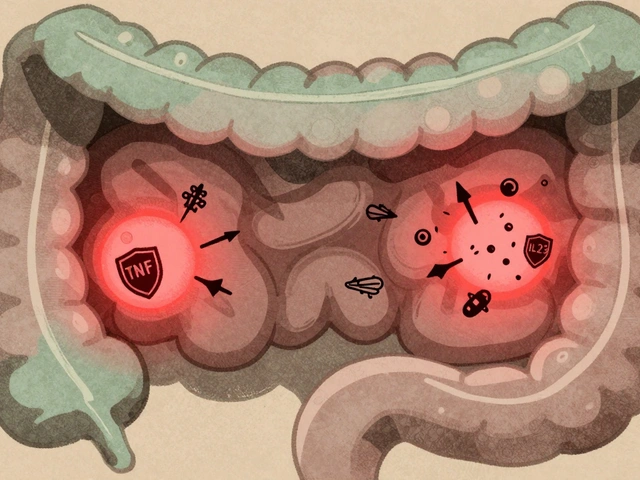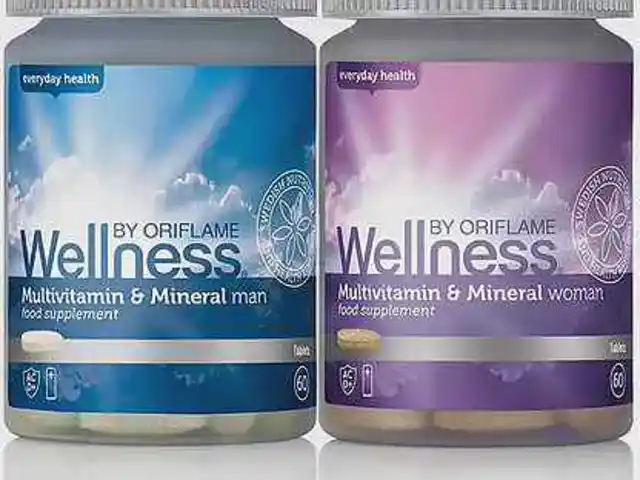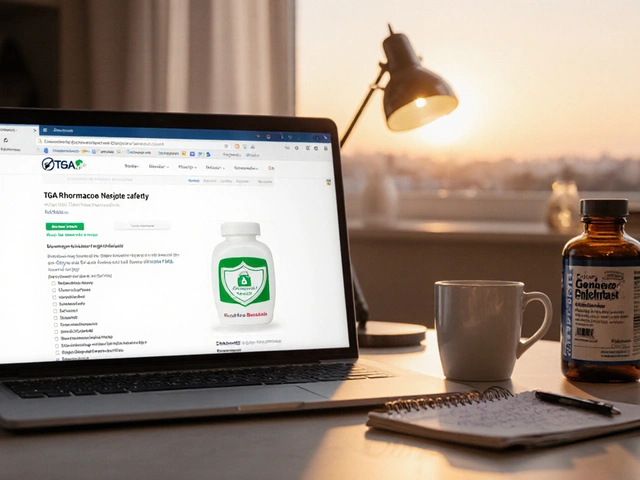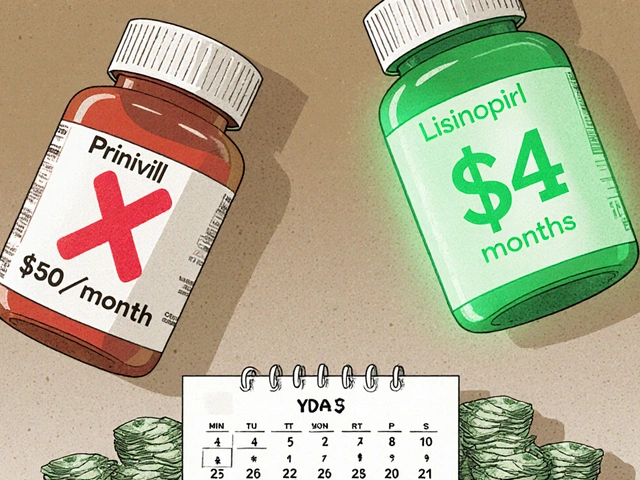Sunburn Rosacea: What It Is and How to Calm It
If you have rosacea, you’ve probably noticed that a day in the sun can leave your cheeks looking red, swollen, and uncomfortable. That reaction is often called sunburn rosacea. It’s not just a regular sunburn – it’s a flare‑up of the underlying rosacea condition, triggered by UV rays.
People with rosacea already have sensitive blood vessels near the surface of their skin. When UV light hits those vessels, they expand quickly, causing the classic redness, stinging, and sometimes tiny bumps that look like a mild acne breakout. The result feels like a burn, but the skin may not peel like a typical sunburn.
Why Sun Can Flare Up Rosacea
Sunlight is packed with ultraviolet (UV) radiation that can damage skin cells and increase inflammation. For rosacea sufferers, even a short walk outside can be enough to set off a flare. Heat, wind, and sweating often make the problem worse because they all stimulate blood flow to the face.
Studies show that UVA rays penetrate deeper than UVB and are more likely to trigger rosacea flare‑ups. That’s why it’s not enough to wear just any sunscreen – you need a broad‑spectrum formula that blocks both UVA and UVB.
Practical Ways to Prevent and Soothe Sunburn Rosacea
1. Choose the right sunscreen. Look for mineral‑based options with zinc oxide or titanium dioxide. These ingredients sit on top of the skin and reflect UV light without irritating rosacea. Aim for SPF 30 or higher and reapply every two hours.
2. Wear protective clothing. A wide‑brimmed hat, UV‑blocking sunglasses, and lightweight long‑sleeve shirts can cut down on direct exposure. Even on cloudy days, up to 80% of UV rays still get through.
3. Cool down after sun. Splash your face with cool (not icy) water, then pat dry. A gentle, fragrance‑free moisturizer with ceramides helps restore the skin barrier and reduces redness.
4. Use soothing ingredients. Products containing niacinamide, azelaic acid, or green tea extract can calm inflammation without causing irritation. Apply them after cleansing and before sunscreen.
5. Limit triggers. Keep a diary of when flare‑ups happen. If you notice a pattern with outdoor activities, adjust your schedule to early morning or late afternoon when UV intensity is lower.
If a flare‑up is already in full swing, over‑the‑counter options like 1% hydrocortisone cream can provide short‑term relief, but don’t use it for more than a few days. For persistent redness, prescription gels such as metronidazole or ivermectin work well. Always talk to a dermatologist before starting new meds.
When to see a doctor? If you notice swelling, blisters, or pain that doesn’t improve after a day or two, it could be an actual sunburn on top of rosacea. A professional can prescribe oral antibiotics or other treatments to speed up healing.
Finally, remember that lifestyle matters. Stress, hot drinks, and spicy foods can also aggravate rosacea, so keep an eye on those factors too. Combining good sun habits with a balanced diet and stress‑reduction techniques gives you the best chance of keeping your skin calm.
Keep this page bookmarked – next time you plan a day outdoors, you’ll have a quick checklist to protect your skin and avoid that dreaded sunburn rosacea flare.
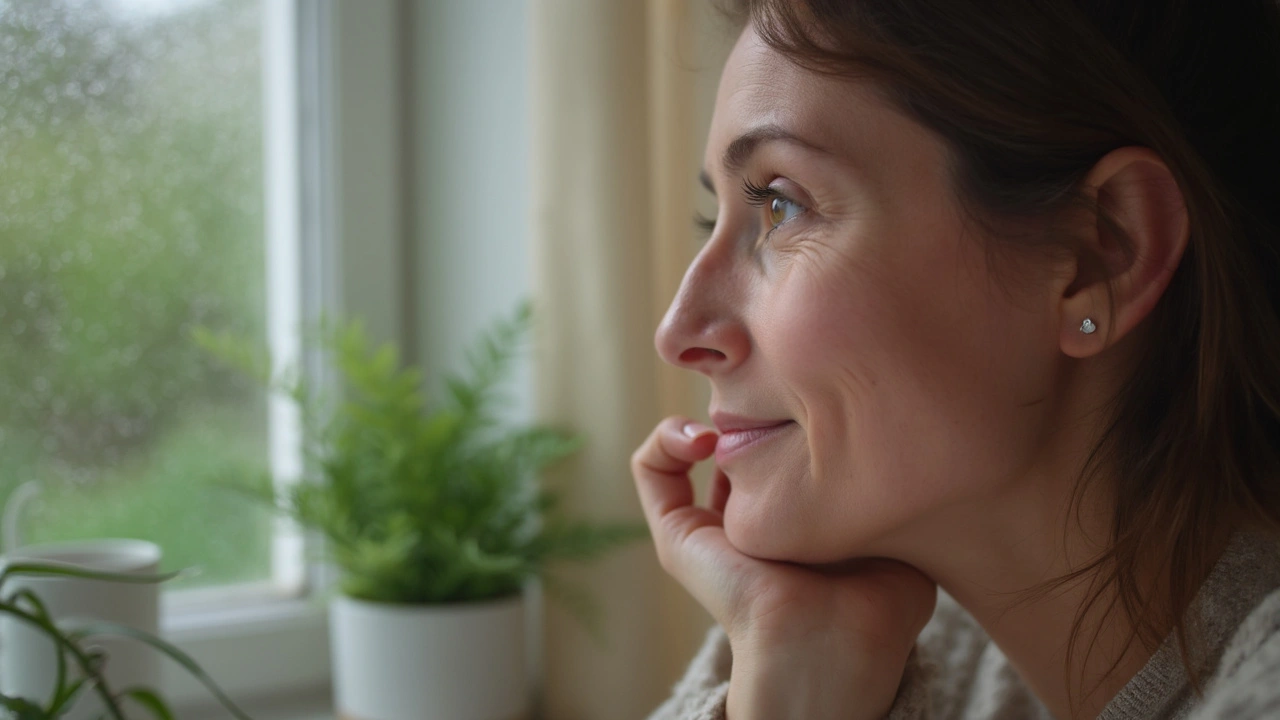
Why Does Rosacea Burn Like Sunburn? Understanding the Neurovascular Causes and Relief Tips
Rosacea often feels like a sunburn, even without spending time in the sun. This article breaks down why that burning sensation happens, zooming in on neurovascular inflammation. Discover the science, common triggers, and hands-on tips for relief and prevention. Factual details and practical advice blend together to help anyone struggling with burning, irritated rosacea skin.
